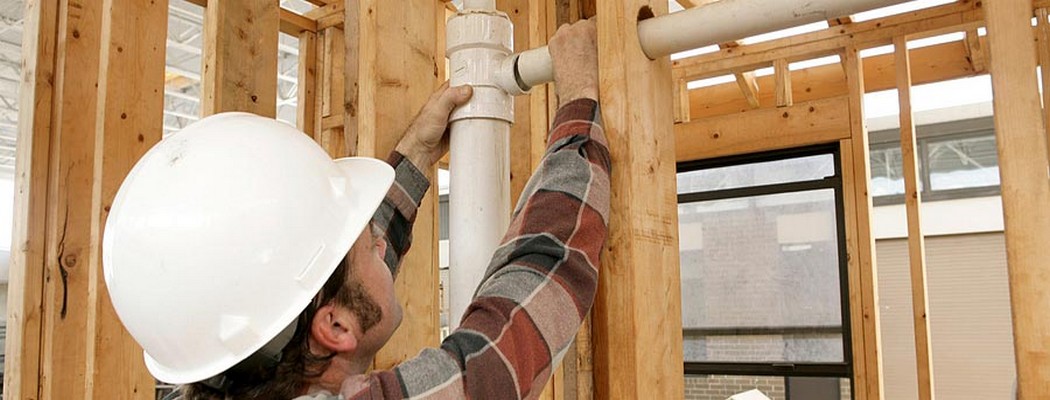Q: I am a cabinet maker with an unfortunate problem: shoulder pain. The surgeon wants to release part of my biceps tendon away from the shoulder. She says this won't affect my work and will probably reduce my shoulder pain. Would you recommend this type of surgery?
A: There are many different causes of shoulder pain. Any problem inside or around the joint can create pain. One of the more common sources of shoulder pain occurs when there is some type of pathology of the long head of the biceps tendon (LHBT).
The biceps tendon attaches between the elbow and the shoulder. It helps you lift your arm straight up and bend the elbow. There are two parts: the short- and long-heads of the biceps. Each one attaches in a slightly different place on the arm. Pathology of the long-head of the biceps causing shoulder pain could be a partial tear of the tendon or tenosynovitis (inflammation of the sheath or lining around the tendon).
Another injury of the long head of the biceps causing shoulder pain could be a SLAP lesion. SLAP stands for superior labral tear from anterior to posterior (from front to back). The labrum is a rim of fibrous cartilage around the shoulder socket. The word "superior" tells us the injury is to the cartilage that covers the top part of the shoulder socket.
Treatment for any of these causes of biceps tendon problems may consist of surgery called a tenotomy. It sounds like that is the type of procedure your surgeon has recommended for you.
During a biceps tenotomy, the long-head of the biceps tendon is released from its attachment to the shoulder. Surgically cutting this portion of the tendon allows it to retract or move away from the shoulder. A tenotomy of this type removes the damaged, inflamed tissue from the joint. This particular tendon has a rich supply of pain nerve fibers so releasing it helps reduce shoulder pain.
Despite all good intentions in treating the shoulder pain by performing a tenotomy, sometimes after tenotomy surgery, the patient develops complications. The most common problems are a cramp-like arm pain, loss of normal elbow strength (flexion or bending), and a change in the shape of the upper arm. This altered appearance of the upper arm is called a Popeye deformity.
Studies show that tenotomy of the biceps tendon is most common in men. It is not recommended for young, active patients or anyone with concerns about appearance. Age is not a factor in predicting who might experience this type of complication but being male is a strong predictor.
Therefore, men who are involved in work or recreational activities that require strong elbow flexion and forearm supination (turning the palm up towards the ceiling) should be forewarned that strength loss could affect them.
This type of information may be of particular interest to folks like yourself who are carpenters, woodworkers, mechanics, and gardeners. Likewise, anyone who uses the forearms and elbows repetitively to complete daily work tasks will must be told of the possible complications of this procedure. Reducing shoulder pain in order to improve overall arm function may be worth the trade off.
Reference: Tae Kang Lim, MD, et al. Patient-Related Factors and Complications After Arthroscopic Tenotomy of the Long Head of the Biceps Tendon. In The American Journal of Sports Medicine. April 2011. Vol. 39. No. 4. Pp. 783-789.
Call (519) 767-6722
Servicing the Guelph Area
Servicing the Guelph Area







